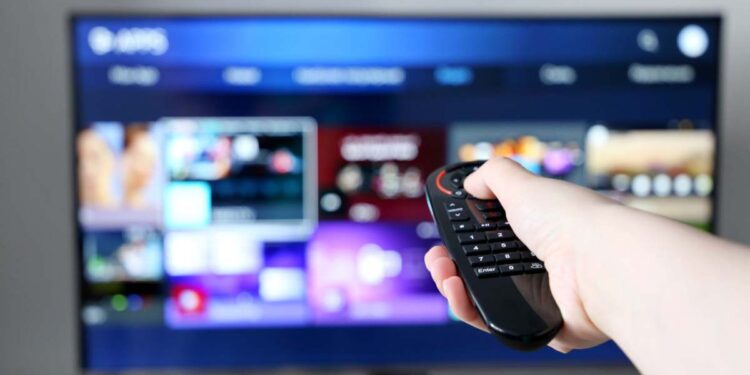Like the vast majority of smart devices, Smart TVs are packed with features and tools that enhance different aspects of the user experience, but for various reasons, they are not activated by default.
For this reason, adjusting the settings of your Smart TV can make a difference in the quality of the broadcast, and if you activate these five functions, you can get the most out of your smart TV.
Although it is important to note that, although current televisions come with built-in functions to improve image quality, some of them may not be as beneficial as they initially seem.
1. Cinema Mode
It is clear that the news does not require the same image quality as a movie nominated for an Oscar, so when you are going to watch a movie or series on your smart TV, you should know that if you activate Cinema Mode, your TV will adjust the colors, contrast, and brightness to resemble as closely as possible what the director wanted to show.
This option can be found under the name of Cinema or Movie Mode, and usually you will have to access the Settings section and enter the Picture category to find it.
2. Noise Reduction
The truth is that this function does not eliminate defects in the sound of the content, but corrects imperfections in the image such as spots seen in some videos. When you activate this on your Smart TV, the image becomes clearer and more stable, which improves your viewing experience, but if overused, it can reduce the sharpness and detail of the content, especially in movies.
3. Motion Smoothing
This feature is intended to improve clarity in action scenes, and in fact, many televisions have it activated by default. Its goal is to make the video look smoother and sharper, and this is achieved by creating frames that previously did not exist.
However, it can also create an effect known as the soap opera effect, which bothers many users, and in fact, most Smart TVs nowadays allow you to adjust the intensity to choose the level of smoothing.
4. Color Temperature
This setting determines the tone of the colors displayed on the screen, it is important because if it is too cold the colors will appear bluish and unnatural while if it is too warm, the colors will appear reddish and dull. The key is to configure it following the D65 standard, which is used in movies and TV series.
5. Backlight
The backlight determines the level of brightness and contrast you perceive on the screen, so depending on the lighting of the room or place you are in, it is recommended to adjust this aspect. For example, it is recommended to increase the backlight when there is a lot of ambient light, such as during the day, and do the opposite when it is nighttime.


